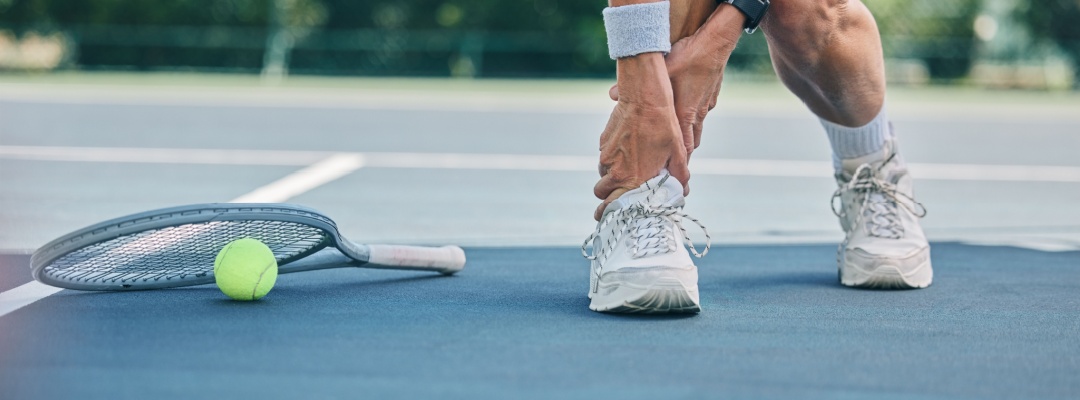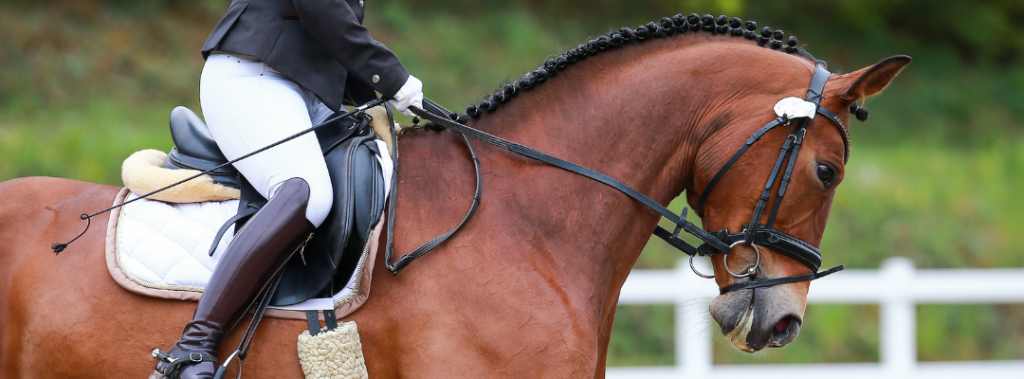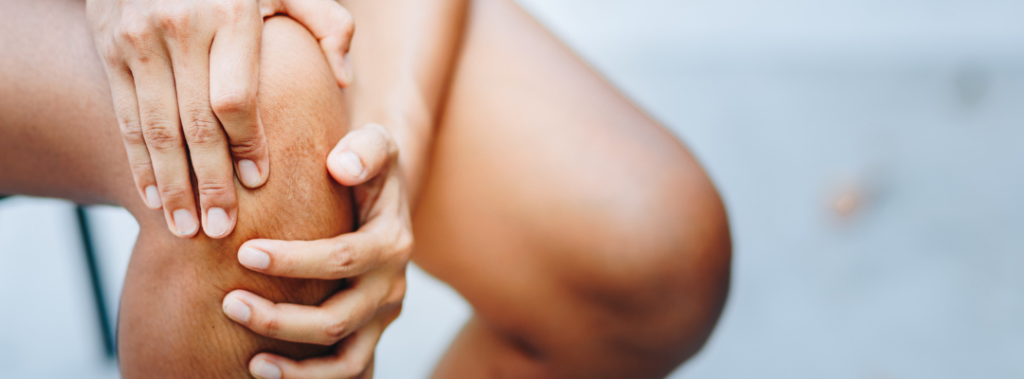
In the realm of physical therapy, sports injuries, chronic pain, and post-surgical recovery present significant challenges. Did you know that approximately 20% of adults in the U.S. suffer from chronic pain? For athletes, injuries are often an inevitable part of their careers, with over 3.5 million sports injuries reported annually. Given these statistics, there is a growing need for effective and innovative treatments. Enter Low-Level Laser Therapy (LLLT), a promising tool reshaping physical therapy.
Low-Level Laser Therapy is gaining traction in physical therapy due to its non-invasive nature and potential to expedite healing processes. Learn how LLLT can enhance physical therapy outcomes, providing healthcare professionals and patients with a valuable resource in their recovery journeys.
Understanding Low-Level Laser Therapy (LLLT)
Low-Level Laser Therapy, commonly known as LLLT, involves the use of low-intensity lasers to stimulate cellular function. The process, called photobiomodulation, utilizes light energy to penetrate tissues, impacting cells at a molecular level. This stimulation can result in reduced inflammation, accelerated tissue repair, and pain relief.
The underlying mechanism of LLLT is centered on its ability to enhance mitochondrial function within cells. By improving the mitochondria’s ability to produce ATP (adenosine triphosphate), the energy currency of the cell, LLLT promotes more efficient cellular repair processes. This leads to quicker recovery times and a reduction in symptoms associated with inflammation and pain.
LLLT has come a long way since its inception in the 1960s. Initially explored for wound healing and inflammation reduction, it has evolved into a versatile medical tool. In recent years, the FDA has approved several LLLT devices for various therapeutic uses, underscoring its growing evidence base and acceptance in modern medicine. This approval has opened the door for widespread adoption in physical therapy practices, where its benefits are increasingly recognized.
Common Sports Injuries Treated with LLLT
Physical therapists frequently encounter injuries like sprains, strains, tendonitis, and ligament tears. These injuries, common among athletes, can significantly hinder performance and delay return to play. LLLT proves beneficial in treating these conditions by reducing inflammation, promoting tissue repair, and relieving pain. The therapy accelerates the healing process, enabling athletes to return to their routines quicker.
For instance, consider the case of a professional soccer player suffering from a severe ankle sprain. Traditional treatments offered limited results, with prolonged swelling and pain. However, integrating LLLT into the treatment plan significantly expedited recovery. The laser therapy reduced inflammation and pain, allowing the athlete to resume training within weeks. The player attributed the swift recovery to LLLT, highlighting its effectiveness in sports injury rehabilitation.
LLLT for Chronic Pain Management
Chronic pain conditions like arthritis, fibromyalgia, and lower back pain can be debilitating, affecting millions of individuals globally. Traditional pain relief methods often involve medication, which comes with side effects and dependency risks. LLLT offers a non-invasive alternative, addressing chronic pain at its source.
LLLT reduces pain by modulating nerve activity, decreasing inflammation, and increasing endorphin production. The laser’s ability to penetrate deeply into tissues and impact cellular processes helps break the cycle of chronic pain. These combined effects alleviate discomfort and enhance the patient’s quality of life, making daily activities more manageable.
For example, patients with osteoarthritis who have incorporated LLLT into their treatment regimens often report a noticeable decrease in pain and an improvement in joint function. By reducing inflammation and promoting cartilage repair, LLLT helps manage the symptoms of arthritis, allowing patients to engage more fully in physical therapy and daily activities.
LLLT in Post-Surgical Recovery
Role of LLLT in Recovery
Post-surgical recovery often involves pain, swelling, and limited mobility—factors that can delay healing and extend rehabilitation periods. LLLT aids in reducing these symptoms, promoting faster tissue repair and minimizing scar tissue formation. Patients experience improved range of motion and reduced discomfort, accelerating their return to normal activities.
A notable success story involves a patient undergoing knee replacement surgery. Traditional recovery methods, including rest and medication, were slow, with persistent swelling and pain. However, incorporating LLLT into the rehabilitation program resulted in a significant reduction in these symptoms. The patient regained mobility quicker and was able to participate in physical therapy exercises earlier than expected. This case exemplifies LLLT’s potential in post-surgical recovery, where its benefits extend beyond pain relief to overall functional improvement.
Imagine an avid runner who sustains a moderate ankle sprain during a routine jog. Traditional treatments, such as rest, ice, compression, and elevation (RICE), help manage initial symptoms but often lead to prolonged swelling and discomfort. By integrating Low-Level Laser Therapy into the recovery plan, the individual can potentially expedite the healing process. The laser therapy works to reduce inflammation and alleviate pain, which may allow the runner to resume their regular training schedule sooner than with conventional treatments alone. This approach highlights how LLLT can be an effective tool in sports injury rehabilitation, offering a quicker and more comfortable recovery process.
Integration of LLLT into Physical Therapy Practices
Physical therapists looking to integrate LLLT into their practice should start by understanding the types of devices available. From handheld units to larger, more advanced systems, options vary based on specific needs and budgets. Researching and choosing the right equipment is crucial for effective implementation. It’s also important to consider the specific needs of the patient population when selecting a device—some may require more targeted therapy, while others may benefit from broader applications.
Proper training is essential for the effective and safe use of LLLT. Practitioners should seek certification programs and resources to stay updated on best practices. Continuous education ensures that therapists can maximize the benefits of LLLT for their patients. Additionally, understanding the contraindications and appropriate dosing parameters for different conditions is vital to achieving optimal outcomes.
Beyond the technical aspects, integrating LLLT into practice requires patient education. Explaining the benefits, expected outcomes, and the science behind LLLT can help patients feel more comfortable and engaged in their treatment plans. This approach can lead to higher patient compliance and satisfaction.
Conclusion
Integrating Low-Level Laser Therapy into physical therapy offers numerous benefits. From treating sports injuries and managing chronic pain to aiding post-surgical recovery, LLLT is a valuable tool. Its non-invasive nature, combined with proven efficacy, makes it an attractive option for both therapists and patients.
Incorporating LLLT can significantly enhance treatment outcomes, improving patient satisfaction and recovery times. For physical therapists and healthcare providers, understanding and utilizing this technology can set their practice apart. As more evidence emerges supporting the effectiveness of LLLT, its role in physical therapy will likely continue to expand, offering new avenues for patient care and recovery.



